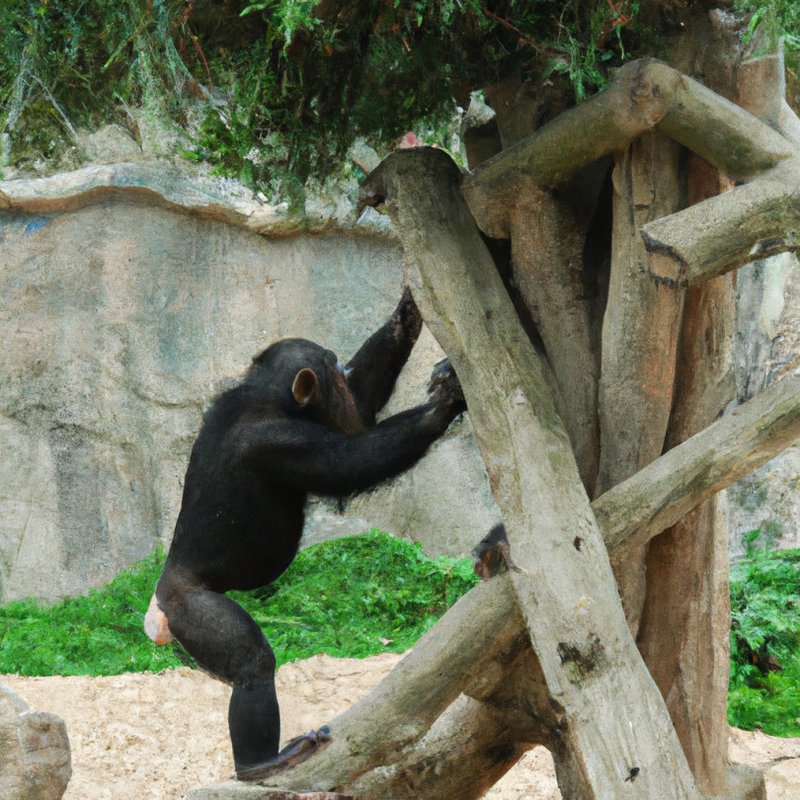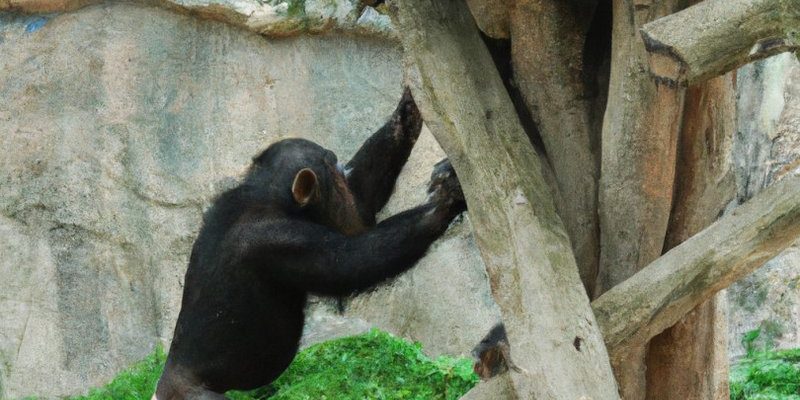
When we think about animal intelligence, it’s often easy to compare them to our own. Wildebeests, like many animals, have evolved unique ways to adapt to their environment. Their brains may not be as complex as humans’, but they possess specific cognitive skills that help them survive. Seeing a wildebeest in action is like watching a well-rehearsed performance. Each movement, each call, tells a story of communication, navigation, and instinct. So, what’s really going on in that brain of theirs?
Cognitive Abilities of Wildebeests
Wildebeests, or gnus, are fascinating creatures, especially when it comes to their cognitive abilities. You might be wondering how they stack up against other animals. While they might not be solving puzzles like dolphins or using tools like crows, their intelligence manifests in different ways. They excel in social intelligence, which is crucial for living in large herds.
These animals rely on each other for safety. When one wildebeest senses danger—say, a lurking predator—others will often follow suit, taking off in a coordinated escape. This instinctual behavior shows their ability to communicate and respond to their environment effectively. They can also recognize familiar members of their herd, building social bonds that help ensure group survival.
Wildebeests exhibit a strong memory too. They remember migration routes and the locations of watering holes—knowledge crucial for survival in their arid habitats. It’s like having an internal GPS system! During their yearly migrations across the Serengeti, wildebeests navigate vast distances, showcasing their impressive spatial awareness and ability to remember key locations.
Social Structure and Group Behavior
Wildebeests are highly social animals, often found in large herds that can number in the thousands. You might picture a wild dance of hooves and horns, all perfectly in sync. This social structure is not just about numbers; it’s about cooperation and communication.
Within their herds, wildebeests establish a pecking order. There’s leadership, and younger wildebeests learn from older, more experienced members. When facing threats, they don’t just scatter; they come together to protect each other. Their collective behavior enhances their chances of survival, proving that, at least in the wildebeest world, teamwork can make a significant difference.
Interestingly, wildebeests also engage in a behavior known as “synchronized movement.” When they move together, it creates a mesmerizing visual spectacle, but it’s also a smart strategy. By moving as a cohesive unit, they confuse predators and reduce the chances of any single individual being targeted. It’s like a well-oiled machine, relying on each member to ensure the safety of all.
Communication Skills
You might not think of wildebeests as talkative animals, but they communicate in fascinating ways. Their vocalizations are varied and serve different purposes. For example, they might grunt, snort, or bark to alert the herd of danger or to call to lost members. This communication is vital because it helps maintain group cohesion and facilitates coordinated movements.
But it’s not just about sounds. Wildebeests also use body language to express themselves. When they feel threatened, they might raise their heads, flick their tails, or stamp their hooves. These cues help convey their feelings to others in the herd, ensuring everyone is aware of the situation.
Let’s not forget their keen sense of smell and vision. Wildebeests can detect predators from a distance, thanks to their excellent eyesight. This sensory awareness works hand-in-hand with their communication, creating a robust system of alerts among the herd. It’s a reminder of how essential these skills are for survival in the wild.
Problem Solving and Adaptability
You might be surprised to learn that wildebeests are quite resourceful when faced with challenges. Their ability to adapt to their environment is a testament to their intelligence. For example, during dry seasons, they might change their migration patterns slightly to find food and water.
In terms of problem-solving, they can navigate obstacles in their path. If a river is too swollen to cross, they often wait and look for alternative routes. This patience and observation demonstrate their understanding of the challenges posed by their surroundings.
Moreover, wildebeests can learn from experience. If a certain area proves to be dangerous or unproductive, they can remember this for future migrations, adjusting their routes accordingly. This ability to learn from past experiences is a sign of cognitive flexibility, essential for survival in the wild.
Threats and Survival Strategies
The savannah can be a harsh environment. Predators, such as lions and hyenas, are constant threats to a wildebeest. Luckily, their intelligence plays a significant role in how they respond to these dangers.
When a predator strikes, wildebeests often react by forming a circle—a defensive tactic. They’ll face outward, which makes it harder for predators to pick off individuals. It’s like a protective shield formed by the herd. Additionally, wildebeest mothers are known for their diligence. They keep a close watch on their young, often using various sneaky tricks to lead predators away from their calves.
What’s more, wildebeests are known for their stamina. During migrations, they can cover immense distances in search of food and water. This endurance is a survival strategy that highlights their determination and resilience.
So, just how smart is a wildebeest? While they might not ace IQ tests or solve complex problems like some other animals, their intelligence is profound in its own right. Through social cooperation, effective communication, problem-solving skills, and adaptability, wildebeests have developed a unique form of intelligence that serves them well in the wild.
Next time you see a wildebeest in a documentary or in real life, take a moment to appreciate their cognitive abilities. These animals embody a wealth of knowledge and instinct honed by nature over countless generations. Their journey across the plains is more than just a tale of survival; it’s a testament to the power of intelligence in the animal kingdom, reminding us that smarts come in many forms.

